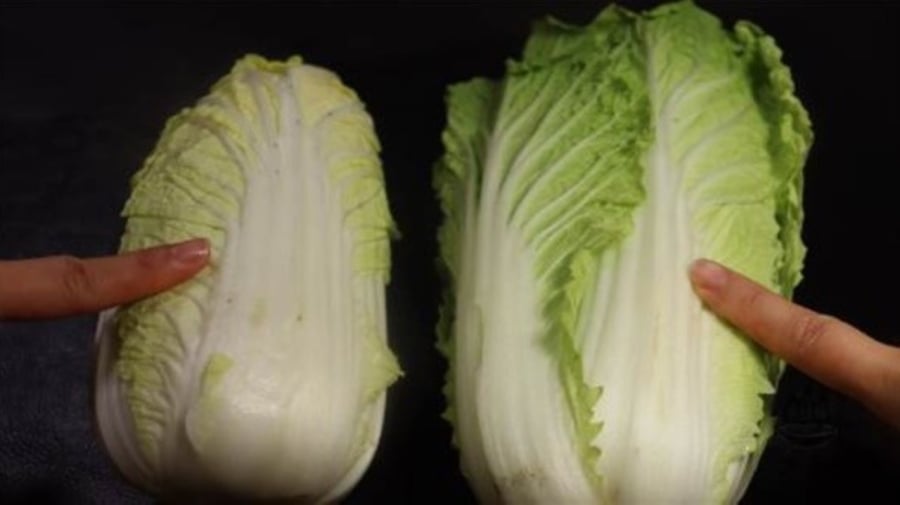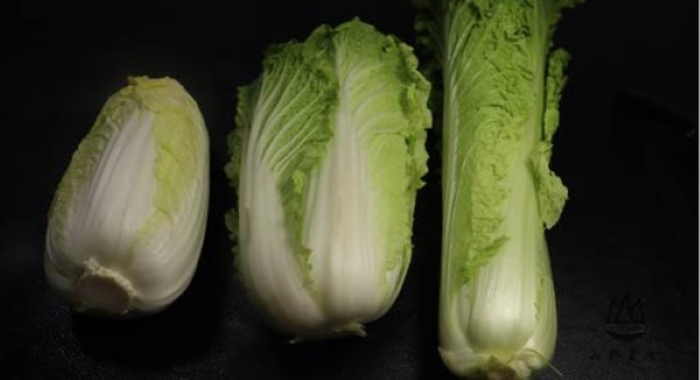In dry weather, eating turnips is very beneficial for the body. Normally when we go to the market, we see yellow turnips and green turnips, so what is the difference here, let’s find out below:
1. Growth cycle of yellow and green turnips is different
Yellow turnips are usually available in the summer. Due to different growth cycles, there are certain differences. Yellow turnip leaves usually take only 2 months to harvest, as they have a strong heat tolerance, so there will usually be a large quantity in September and October.
Green turnips are usually harvested in the cold season, so they are only sold in the autumn-winter season, with a longer growth cycle of 3-4 months.

In addition, there is also a big difference in appearance, green turnips will be larger than yellow turnips, but the firmness is not equal.
2. Taste of yellow and green turnips is different
Due to the longer growth cycle, green turnips will have less moisture inside and more rough fiber content. Therefore, they will be chewier when eaten.
In addition, green turnips are used for pickling and have a longer shelf life. If you use yellow turnips for pickling, they will taste good, but the shelf life will be very short.
People usually use green turnips for boiling, which has a better flavor, while yellow turnips are suitable for stir-frying, making dumpling fillings, providing a crunchier texture.

3. Storage of yellow and green turnips is different
In winter, green turnips are suitable for storage for several months because they are drier.
Yellow turnips are not suitable for preservation and spoil quickly.
- Firstly, when buying turnips, we should buy according to our intended use. If we like stir-fried turnips, we should choose yellow ones, for boiling, we should choose green ones.
- When buying, we need to pay attention to whether the surface of the turnips has any black spots. It is best not to buy any type with black spots as it is already spoiled.
- We also need to carefully observe the roots. Through the roots, we can determine if they are still fresh or not. The harder the roots, the fresher the turnips, and if they appear withered, it means they have been harvested for a long time.
Using regular serum will not be enough for dry season, you should add this basic ingredient
Facial oil is a skincare product that helps to restore a healthy and youthful complexion. It effectively diminishes the appearance of fine lines and wrinkles, leaving the skin looking radiant and smooth. By incorporating facial oil into your skincare routine, you can achieve a natural and glowing complexion. Say goodbye to prominent signs of aging and hello to a rejuvenated and revitalized skin.
































